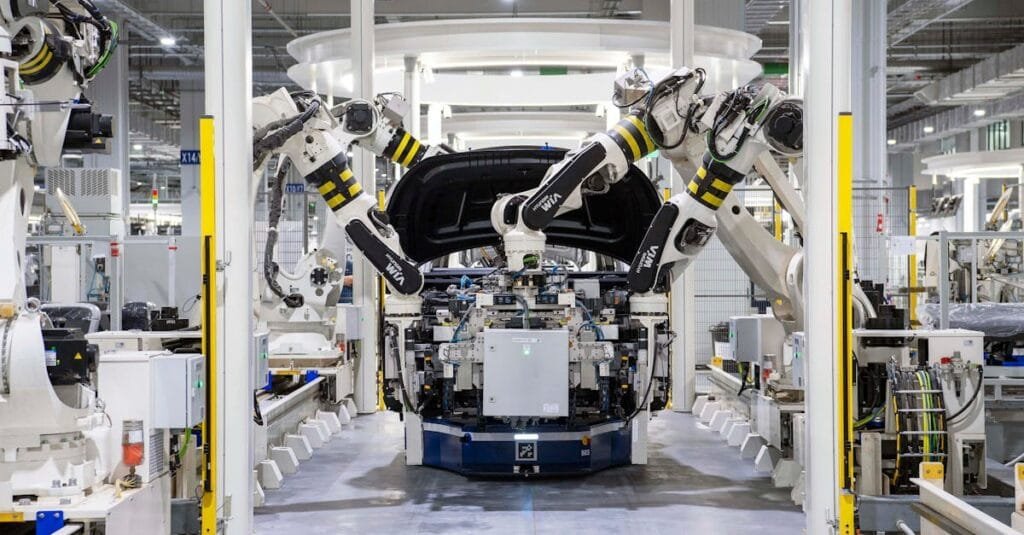Ever feel like picking the right tech tools for your shared services stack is like choosing brunch on a Sunday morning? I mean, omelets versus avocado toast — life’s tough decisions, right? (And don’t even get me started on mimosas versus bloody marys.) Anyway, let’s dive into this quirky world of tech choices.
The Shared Services Transformation Conundrum
So, here we are. The landscape of shared services is like, how do I put this? A maze, but not the kind you find in a garden (although that would be cool). More like those pixelated video game mazes where every turn could lead you to treasure or doom (you know, like running into a wall instead of that gem you spotted across the way).
When thinking about process optimization, I mean, it’s critical to sort through the noise, right? (Or is it?) Because we have countless tools, platforms, and strategies out there, all shouting—okay, not literally—but you know what I mean. They’re all vying for our attention like kids on a sugar high.
Must-Have Components
But what should your shared services stack have in it? Let’s not complicate things just yet. Here are some pivotal players (cue the drumroll):
- Collaboration Tools: Think real-time chats, video conferencing—what is this, the Olympics of communication? The right tool can keep everyone connected, even if, well, Janet still can’t figure out how to mute herself.
- Automation Solutions: You want to be efficient, right? Almost like you’re playing Tetris, trying to fit everything into neat rows without gaps. Automate repetitive tasks (please, for the love of all that is holy).
- Data Management Systems: I mean, data is like a treasure chest… that sometimes feels more like a burden. Finding effective ways to manage it without drowning in spreadsheets—yikes. Remember, messy data rarely leads to great decisions.
- Customer Relationship Management (CRM) Systems: Seriously, do you want to flounder in customer relations? No, right? A solid CRM keeps your interactions smoother than that last cup of coffee at 5 p.m.
Okay, now—side note—what about integrations? Nothing worse than a tech stack that doesn’t play well with others. It’s like trying to throw a party where everyone hates each other—awkward? Majorly.
What Does Transformational Success Look Like?
But let’s not get hung up on just the tools. We need to think bigger—beyond shiny new technologies (though they are shiny, and I see why they call it bling). Shared services transformation isn’t just about software; it’s about how you bring people into the fold.
Picture this—you’re like a conductor, orchestrating the perfect symphony of processes. Your team (fingers crossed) knows the best practices. They’ve got the juice to juggle that stack—because if they don’t… (do I need to finish this thought?) Well, you might need to revisit your training sessions.
I mean, who even thought “change management” was supposed to be fun? Not me, but here we are! Involve your crew in the conversation. Encourage feedback.
An Epic Tool Tale
Let’s paint a picture—imagine you, sitting there, toolkits all around you. You’re probably sipping that lukewarm coffee, thinking of that time you chose the wrong software. Oof, cringey, right?
That’s not just a bad decision; that’s like picking the wrong Netflix series. And then having to tell your friends why it’s an “acquired taste.” *Gag* I no longer speak of “that” particular tool in polite company.
So, my friend, when you’re navigating these tech waters, think of tales like mine. Every misstep is a stepping stone (to something better). Ensure they’re learning experiences for your team rather than pitfalls.
Closing Thoughts (For Now)
We’ve lurched around this blog post like a toddler in a candy store, haven’t we? Picking a shared services stack is all about learning from the past (and maybe the embarrassing bits). It’s messy, definitely complex, but hey, it can be incredibly rewarding when you hit that sweet spot of optimization.
Embrace the chaos, cultivate agility, and you just might find yourself emerging from that maze — with a cocktail in one hand (non-alcoholic for some, of course) and a clearer vision for the future in the other.
P.S. Did I mention the importance of community in this tech maze? Collaborate with others—sharing stories and strategies is how you’ll find the golden nugget of insight that could change your game. Because we’re all in this wild tech world together, whether we like it or not!
So, ready to conquer the maze now?


